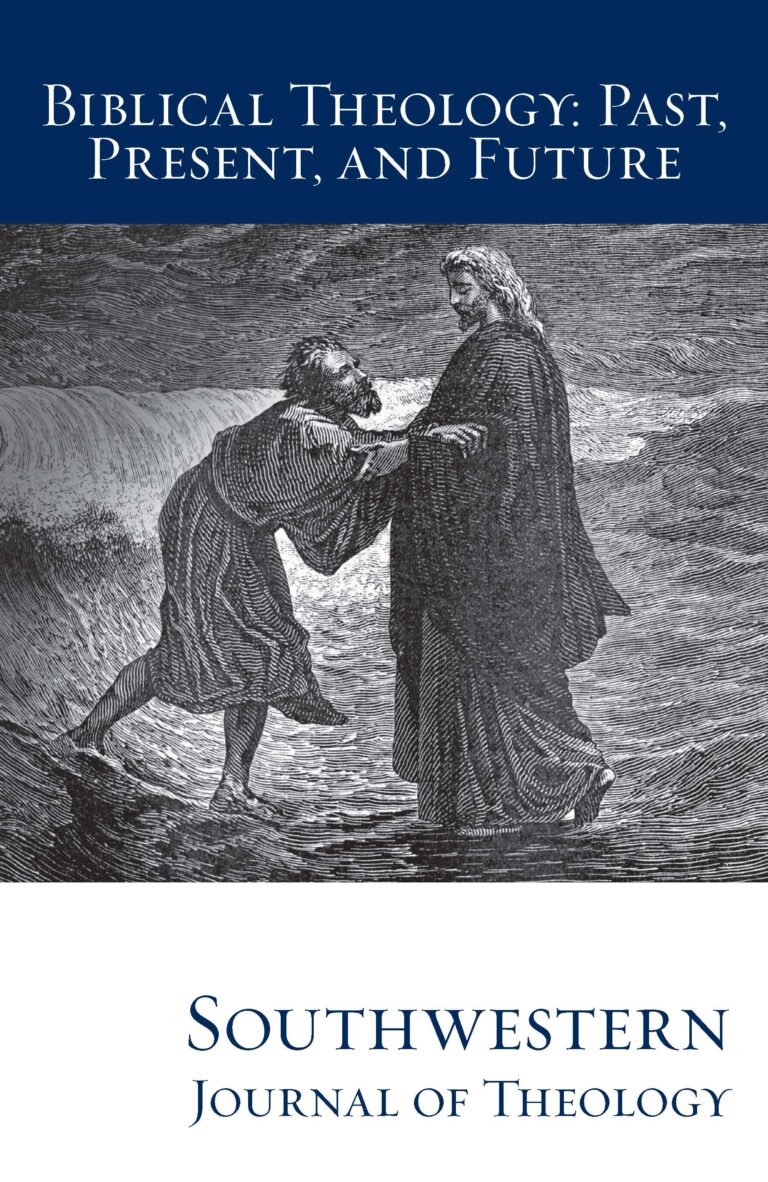
Biblical Theology: Past, Present, and Future (II)
Southwestern Journal of Theology
Volume 56, No. 1 – Fall 2013
Managing Editor: Terry L. Wilder
By Timothy C. Gray. Grand Rapids: Baker Academic, 2010. 226 pages. Softcover, $43.00.
Timothy C. Gray, president and professor of Sacred Scripture at St. John Vianney Theological Seminary in Denver, has written an interesting narrative study of Mark’s Gospel with an emphasis on how Jesus relates to the Jewish temple (3). This book is an adaptation of his dissertation, first published in 2008 by Mohr Sierbeck in Tübingen, Germany.
Gray analyzes the temple motif in Mark from both an intertextual (looking at connections with Old Testament texts) and intratextual (examining the texts within Mark) perspective. The uniqueness of this approach comes in demonstrating how the intertextual and intratextual elements in Mark are integrally related—especially how the Evangelist wove Old Testament themes into his narrative (3-6). Yet, Gray shows Mark was doing more than mere proof texting. Instead, he was a “sophisticated author who often employs the contextual richness of the OT texts he uses, which he interweaves into his wider narrative” (5).
Strengths of the book include: (1) thorough exegesis, (2) good balanced incorporation of both intertextual and intratextual elements, and (3) his careful handling of Mark’s literary tools, such as intercalation (5, 8, 100-02, 151), gap (50), and inclusio (110, 146). In addition, Gray does a commendable job of wedding narrative criticism (a synchronic criticism that normally ignores historical aspects of the text) with diachronic criticisms (those that deal with historical matters), such as redaction criticism (4, 23-43).
However, Gray’s starting point, major date assumption, and conclusion are problematic for this reviewer. First, his starting point is the contention that Jesus in the Gospel of Mark is a construct by the Evangelist rather than an accurate picture of the historical Jesus (79, 145). Thus, there is the “Markan Jesus” (76, 145, 198), who is allegedly different from the historical Jesus. However, the Jesus of Mark is the Jesus of history. Second, Gray’s date assumption is that Mark wrote during or after the AD 70 Roman destruction of Jerusalem and the temple (38, 98-99, 15354). This date is problematic because Gray comes close to saying Jesus’ prediction of the future fall of the temple was a prophecy ex eventu (written after the event fulfillment rather than before it) rather than a genuine prophecy. Thus, Gray appears to say that Mark artificially concocted the scenes in the temple for his narrative, such as Jesus’ temple cleansing (78). Although it is possible that Mark wrote a post-AD 70 theological interpretation of the actual historical events of what Jesus said and did, Gray does not clearly make this claim, and he claims Mark may have invented events. However, if Mark wrote pre-AD 67, as this reviewer believes, then much of Gray’s entire thesis vanishes.
Third, Gray goes beyond the evidence in Mark to claim that Jesus is the new temple (198-99). Of course, the temple is prominent in Mark 12-16 because it was prominent in Second Temple Judaism, Certainly Jesus’ atoning death ended the need for temple sacrifice; however, Jesus’ atonement did not make him the new temple, nor did Mark present him as such.
Unfortunately, Gray limits the fulfillment of Jesus’ eschatological sayings to the first century AD. So, the crucifixion/resurrection of Jesus and temple destruction, as well as the events leading up to those two destructions, are all that Jesus anticipated. Thus, Jesus was the eschatological new temple (150, 178-79). Why could not Jesus have also anticipated and addressed his second coming as well?
Mark continues to be a popular testing ground for new interpretations, and scholars consider this Gospel to be a masterful writing. Gray gives a good example of how to employ narrative criticism to Mark while taking into account the historical events in the text even though his ultimate conclusion goes beyond the text.





